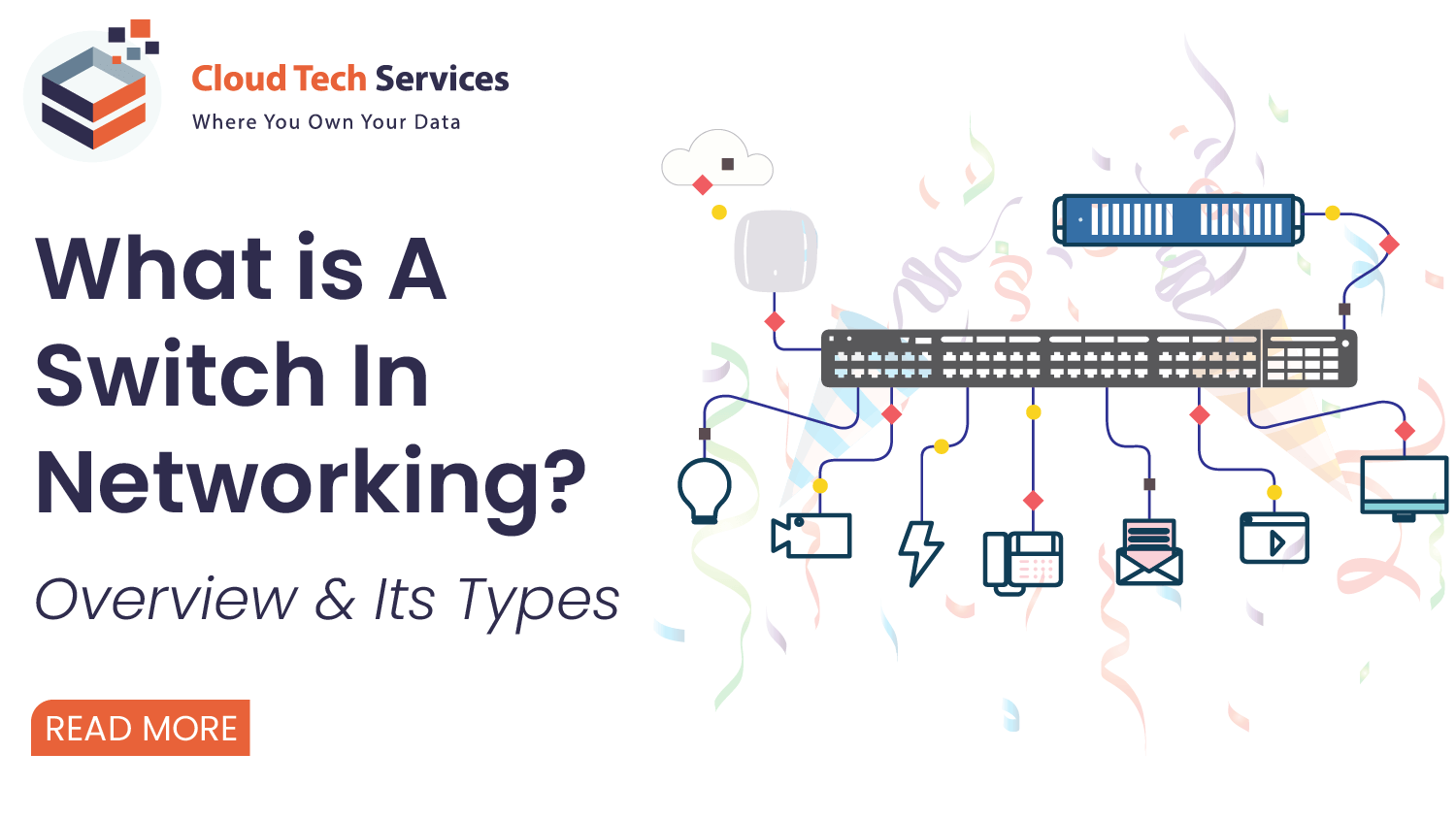Managed vs Co-Managed IT Services

The ultimate goal of co-managed IT and managed IT services is to help organizations manage their IT networks while the users grow and potentially take on any cyber threat.
Table of content
- The ultimate difference between managed vs co-managed IT services
- History of managed IT services
- Analyzing the pros and cons of both prospects
- The ultimate difference between managed vs co-managed IT services
- Arriving on the right IT service model
Co-managed and managed IT services are quite different from each other in the following sense:
Co-managed IT is intended to support an internal IT staff that already exists. It collaborates with the internal IT team, offering assistance and knowledge as needed. The emphasis is on supporting the internal team and resolving their unique difficulties or problems.
On the other hand, managed IT services operate as an entirely external IT department. With managed IT, the managed services provider (MSP) assumes complete responsibility for the IT operations. The MSP oversees every facet of the IT department and collaborates closely with the company’s decision-makers to match IT actions with the overarching business objectives.
In simpler terms, while managed IT services entail outsourcing the whole IT department to the MSP, giving them complete authority and responsibility for IT operations, co-managed IT is an addition to the current IT staff, providing support and help.
History of managed IT services
ASPs that offered remote IT infrastructure support in the 1990s gave rise to the economy’s managed services provider (MSP) sector. Mobile device management, managed security, firewall management, security-as-a-service, and managed print services are examples of the expanding services offered by MSPs. In 2005, prominent individuals invented this business model of Managed IT services to contribute to the growing influence of IT usage.
In 2006, managed services emerged fully, showcasing successful practices and adapting to SMBs. As IT transitioned from product-focused sales to personalized, managed, service-oriented approaches, challenges arose in billing and sales processes.
The global managed services market is anticipated to expand gradually, at a 2.6% CAGR, to reach $410.2 billion by 2027.
Analyzing the pros and cons of both prospects
When choosing their IT support and management strategy, organizations may consider co-managed IT and managed IT services. The decision relies on the particular requirements and preferences of the firm. Both models have advantages and disadvantages. Here is a complete probe into the pros and cons of both prospects:
Pros of co-managed IT services
Better control over your IT infrastructure
The company maintains command over its IT infrastructure and activities despite outsourcing an addition to IT services management.
Customization at any stage of development as per business needs
The company can modify the services to its own needs, as half of the employees in the management are still in-house.
More affordability on outsourced services
Half outsourcing of IT services means savings on the business spend as well. Co-managed IT services might be more affordable than fully managed ones because the company keeps its existing IT professionals on staff.
Precise expertise and mentoring
The managed IT services company when outsourced for co-manged IT services, can specifically allocate their workforce on to-the-point expertise and mentoring.
Cons of co-managed IT services
Still more responsibility in-house despite outsourcing
Still, the management and coordination of IT operations must fall more on the shoulders of the company.
Potential lack of structure
Structure and controls might not exist without disciplined internal staff members. It can result in greater confusion due to the mix and match-up of in-house employees and outsourced workforce.
Expensive internal IT costs
While the services from the managed IT services firm are cheaper, the business still incurs overhead costs for its internal IT staff.
Pros of Fully Managed IT Services
Reduced worries and responsibilities
The company may completely outsource its IT tasks and rely on the managed IT services provider to take care of everything.
No need for internal expertise
The business doesn’t need to maintain an in-house IT team and can rely on the expertise of the managed IT services provider.
Access to higher expertise
The teams at managed IT companies are frequently bigger and more technically proficient as they are assembled to perform those services only.
Up-to-date infrastructure
The outsourced managed IT provider continuously updates and maintains the network and infrastructure.
Cons of managed IT services
Lesser control of stringent IT business regulations
The business needs more control over its IT operations as it relies on the managed IT services provider.
No connection with immediate in-house support
There might not be readily available IT expertise within the office, and support requests need to go through the managed IT company.
Arriving on the right IT service model
Businesses should consider aspects including the current workforce, IT requirements, desired control level, and responsibility level when deciding on the best IT service model.
Fully-Managed Solution
This model is suitable for businesses without internal IT staff who prefer to outsource their IT operations entirely and rely on the expertise of a managed IT services provider.
Co-Managed Solution
This model is a good fit for businesses with internal IT staff who require additional support and expertise. It helps fill gaps in knowledge and resources while enhancing the capabilities of the existing IT team.
IT management strategies in small and medium-sized enterprises, including co-managed and fully managed IT, are crucial. The decision between the two is based on every organization’s unique needs and preferences.
Organizations should seek the proper vendors specialized in business and technical processes rather than the correct tools and workforce. Similarly, Cloud Tech Services provides you with the best-managed IT services and maps out your company’s needs to account for the greatest possible workforce flexibility.
Contact us today and discover the advantages of Managed vs. Co-managed IT services for your business. Let’s collaborate to establish a robust and adaptable foundation for your continued success!









